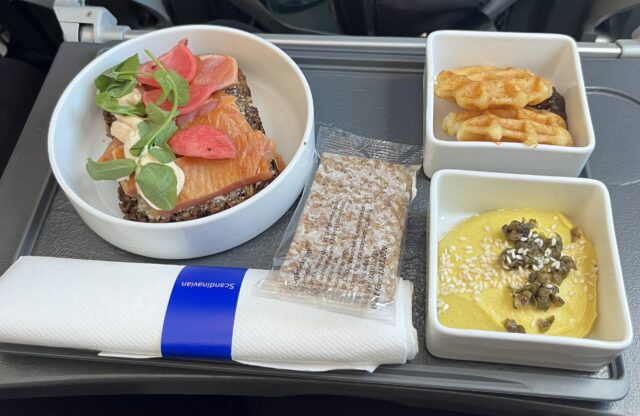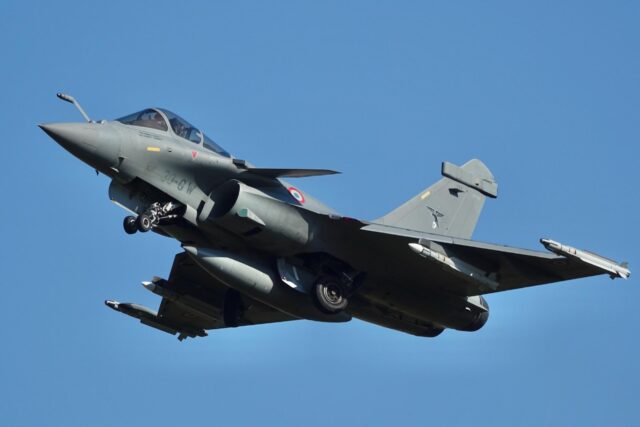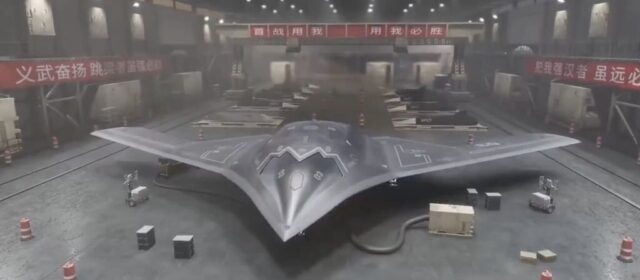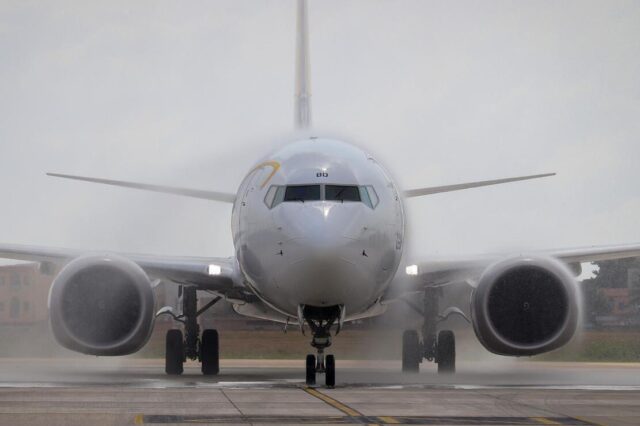‘10,000 more aircraft by 2034 despite supply chain woes’

Airlines are gearing up for a major fleet expansion as global air traffic demand in 2024 surpasses pre-pandemic levels, a new report reveals.
However, despite enjoying record profits, industry experts warn that operators must address ongoing production challenges and secure additional capacity to keep pace with rising demand.
The findings come from a report published by Alton Aviation Consultancy, which has released its independent 2024-2034 Commercial Aircraft Fleet Forecast. The report provides a comprehensive analysis of the current state of the aviation market, as well as a decade-long projection of air traffic demand and fleet growth.
Alton’s forecasts suggest that the global fleet will grow from its current total of 31,000 aircraft to 41,100 by 2034, representing an annual growth rate of 2.8%. The consultancy emphasises the need for both short- and long-term strategies to meet the increasing demand and navigate supply chain bottlenecks.
Adam Guthorn, report co-author and managing director in Alton’s New York office, said: “While dynamics differ in each region, the bounce back of global air travel has seen airlines shift their focus from recovery to expansion. We expect to see global passenger air traffic demand to increase by 4% annually over the next decade, with Asia-Pacific leading new growth.
“Across all regions, we’re seeing strong demand for narrowbody jets such as the Airbus A320neo and Boeing 737 MAX family aircraft, and we anticipate this trend to continue over the next 10 years. Narrowbody aircraft will account for two-thirds of the market by 2034, rising from 60% today.”
Despite optimistic projections, airlines face challenges as OEMs struggle to ramp up the production of new aircraft. The current aircraft shortage coupled with ongoing supply chain uncertainties and new engine technology challenges have prompted airlines to retain older aircraft to meet near-term capacity requirements.
Alan Lim, report co-author and director in Alton’s Singapore office, said: “We’re seeing substantial order backlogs that in some cases, stretch to 2030 and beyond. Airlines have responded to the shortage of new aircraft by keeping older aircraft in operation for longer, slowing down retirements. While this solution is anticipated over the next few years, we expect the trend to reverse in the medium term when production delays are resolved.
“Any changes to the macroeconomic outlook or geopolitical environment have the potential to tilt the industry’s anticipated rate of growth. To navigate these challenges, airlines will need to be nimble and forward-looking, while considering a range of different eventualities. Keeping focused on the road ahead, carrying on with the execution of long-term strategies while being adaptable to fast-changing industry conditions will be critical to success.”
















